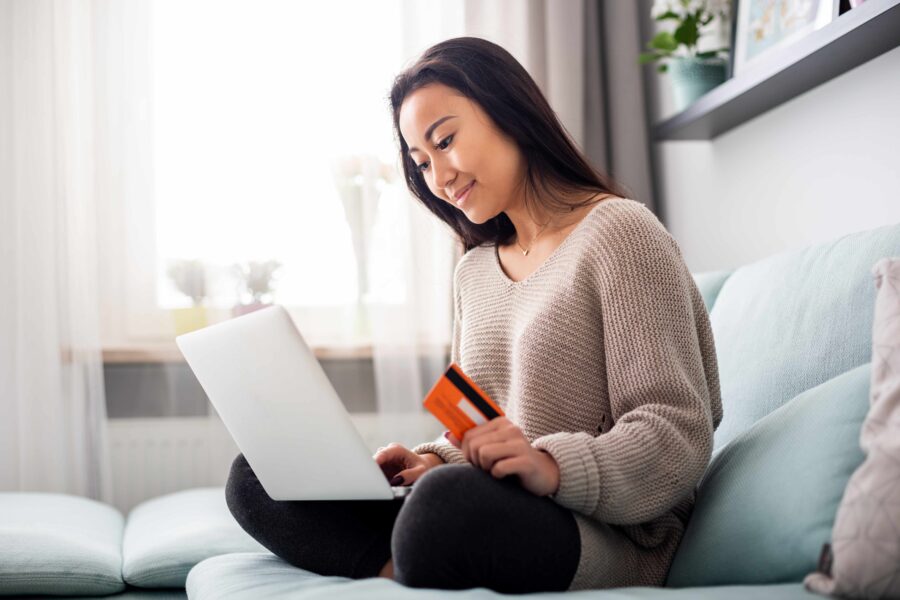There’s no question that visual content is ascendent. Video content is forecast to make up 71% of all Internet traffic by 2022. Instagram, Snapchat, and TikTok are among the fastest-growing social networks, and even on mainstay Twitter, more than 50% of impressions are for video or photo content.
For merchants, this growth presents an opportunity to showcase your products – but also the challenge of managing the costs of visual content production. To make the most of your visual assets, consider adopting the following best practices:
Cover the fundamentals with two classes of visual content.
At a minimum, merchants should create two sets of visuals: the first communicates concrete product information, and the second showcases product usage, while also sending signals about setting and lifestyle.
Standard product photos and short-form videos, such as those Zappos.com features on almost every product page, are not only mainstays on the eCommerce site, but they’re also incorporated into personalized abandoned cart and replenishment emails, as well as product feeds for Google Shopping ads and third-party marketplaces .
More artistic images showing furniture in rooms, product demonstration videos, lookbooks, shoppable videos, and the like have obvious potential for social media, but can also be used in physical store outlets, email marketing campaigns, and in blog posts.
Quality over quantity.
It’s better to produce just five high-quality how-to videos with comprehensive content than to generate 10 that are slapdash. Not only will the substance of thoughtfully-executed content be more useful to shoppers, but because professional design communicates trustworthiness, production values are important as well. Merchants who can’t afford top-of-the-line visual assets for their entire product catalog can focus on a subset of categories or items, and then expand offerings based on the success of the initial investment.
Reuse, repurpose, and syndicate.
Prior to shooting a single photo or video, strategize potential uses and formats and map out content creation with an eye toward maximizing assets. Longer videos can be excerpted into short-form clips for social media stories or even animated gifs; detailed product photos can be transformed into cinemagraphs for email campaigns; footage for individual products can be combined to create a video gift guide.
Start big, then go small.
As a logistical corollary to the principle of reuse, when creating assets merchants should start with large, high-resolution photos or video files and then optimize downward as needed. Access to original files and raw footage is important in case new ways emerge to repurpose content in the future; as one example, high-quality 3D imagery developed now can be used in augmented reality tools in the future. For this reason, if you’re working with visual technology vendors your should ensure they actually own all their assets.
Visuals should do SEO double-duty.
Merchants have long optimized page text to boost natural page rank on search engines – but images can help, too. File names, <alt> text for accessibility, captions, dimensions, and download speed can all support improved search engine visibility; and as visual search tools improve with machine learning to match content based on picture input, the composition of images themselves is increasingly important.
How is your business managing and optimizing visual content assets?




